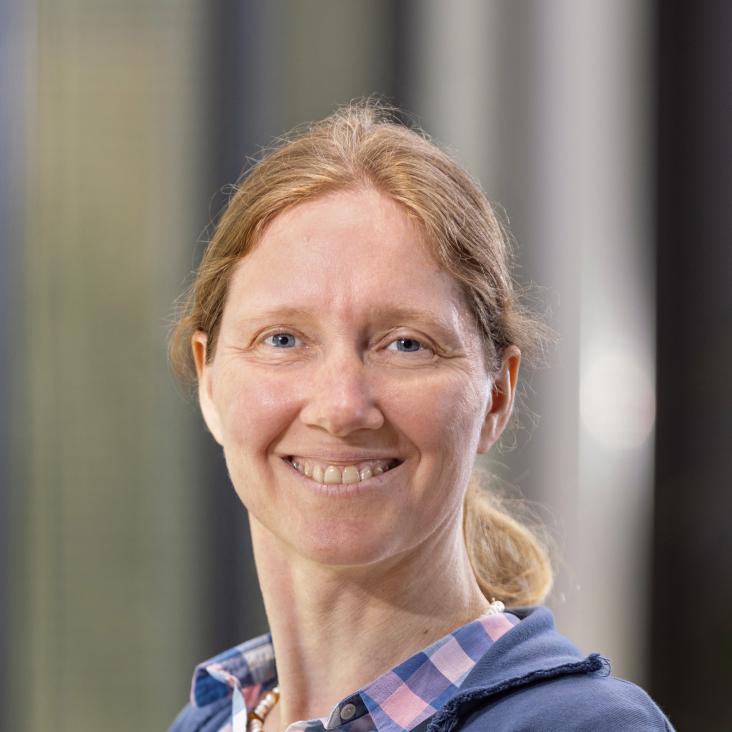Stretching of macromolecules and proteins
Reports on Progress in Physics IOP Publishing 66:1 (2003) 1
The mechanism of type IA topoisomerases
Proceedings of the National Academy of Sciences of the United States of America Proceedings of the National Academy of Sciences 99:19 (2002) 12126-12131
Tracking enzymatic steps of DNA topoisomerases using single-molecule micromanipulation
Comptes Rendus Physique Cellule MathDoc/Centre Mersenne 3:5 (2002) 595-618
de Broglie wave-front engineering
Physical Review A American Physical Society (APS) 62:3 (2000) 033612
de Broglie wave-front engineering
Physical Review A - Atomic, Molecular, and Optical Physics 62:3 (2000) 033612-033611


